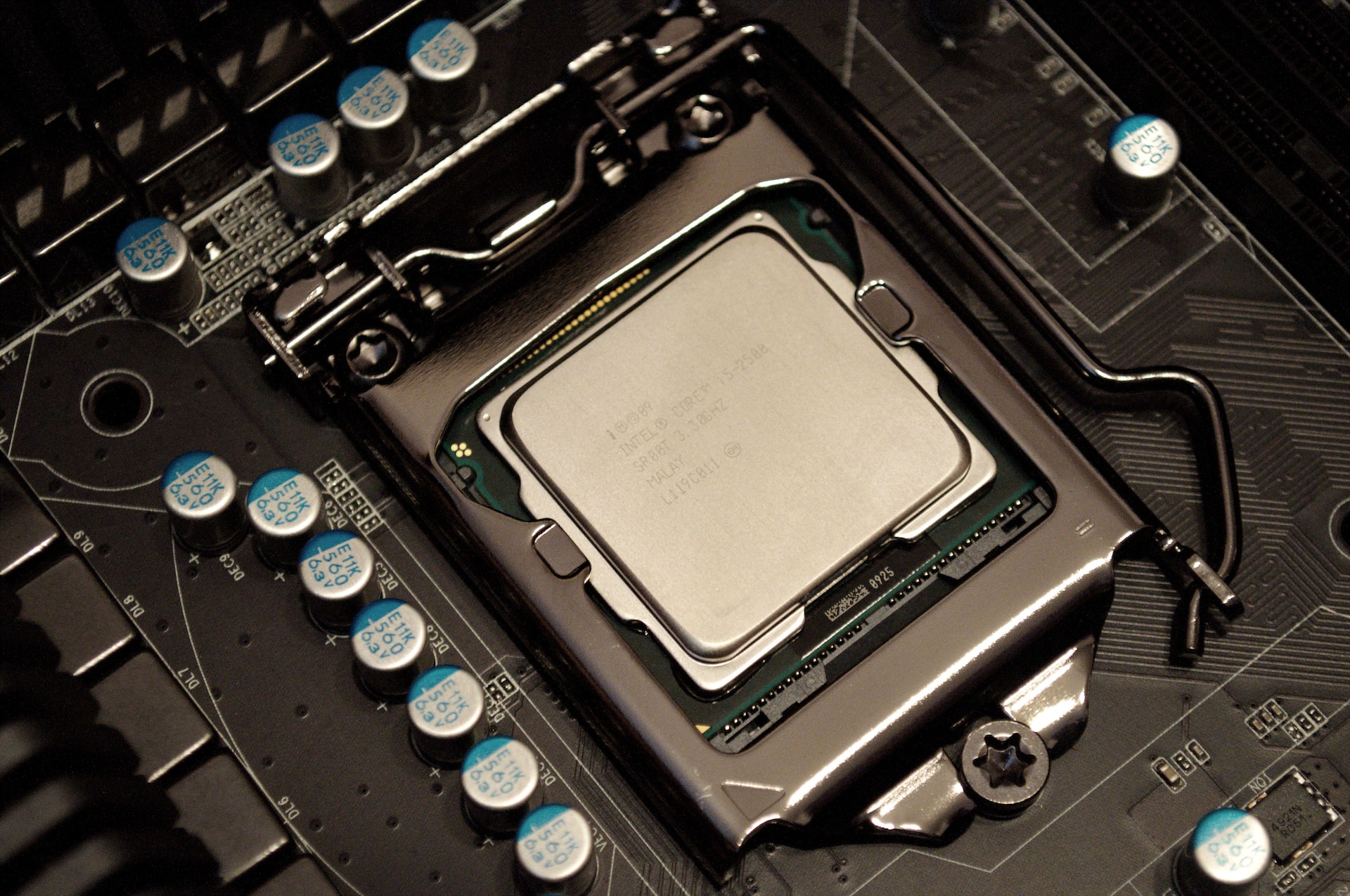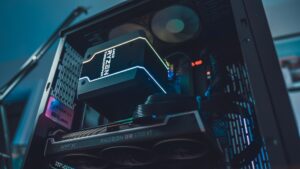When a computer boots up, it performs a Power-On Self-Test (POST) to check its hardware components. This includes the CPU, RAM, hard drives, and other components. The POST is designed to ensure that the computer is functioning properly and to alert the user to any hardware issues that may be preventing it from booting up properly.
One of the most common POST errors is Post Error 900, which occurs when the computer fails to detect the CPU fan during the POST. The CPU generates a lot of heat during operation, and the CPU fan is responsible for dissipating that heat. Without proper cooling, the CPU can overheat and cause damage to the computer’s hardware.
Post Error 900 can be caused by a number of factors, including loose or damaged fan connectors, faulty fans or motherboards, or incorrect BIOS settings. Troubleshooting and solving the issue involves checking fan connections, testing the fan and motherboard with diagnostic tools, and adjusting BIOS settings.
It is important to address Post Error 900 promptly to prevent damage to the computer’s hardware. In addition to the risk of damage, an overheating CPU can also cause the computer to slow down or shut down unexpectedly, which can result in data loss and other issues. Proper CPU fan function is crucial for preventing overheating and ensuring the longevity of the computer’s hardware.
Causes of Post Error 900
There are several potential causes of Post Error 900, which occurs when the computer fails to detect the CPU fan during the POST. The following are the most common causes of this error:
- Loose or damaged fan connector: If the fan connector is loose or damaged, the computer may not be able to detect the fan during the POST. The fan connector should be checked to ensure it is properly connected and free from damage. It is important to be careful when checking the fan connector as it is a delicate component that can be easily damaged.
- Faulty fan or motherboard: If the CPU fan is faulty or the motherboard is unable to communicate with the fan, the computer may not be able to detect the fan during the POST. A faulty fan may need to be replaced, while a faulty motherboard may require professional repair or replacement.
- BIOS settings: If the BIOS settings are not configured properly, the computer may not be able to detect the CPU fan during the POST. This can be caused by a number of factors, including outdated BIOS software, incorrect settings, or incompatible hardware. Checking and adjusting the BIOS settings can often resolve this issue.
It is important to address the cause of Post Error 900 promptly to prevent damage to the computer’s hardware. A faulty CPU fan or motherboard can cause overheating and potentially irreparable damage to the computer’s hardware. Additionally, an overheating CPU can cause the computer to slow down or shut down unexpectedly, resulting in data loss and other issues. Proper maintenance and troubleshooting can help ensure the longevity and proper function of the computer’s hardware.
How to troubleshoot and solve Post Error 900
When faced with Post Error 900, there are several troubleshooting steps that can be taken to identify and resolve the issue. The following are the most common methods of troubleshooting and solving this error:
- Check fan connections and replace faulty cables: The first step in troubleshooting Post Error 900 is to check the fan connections and replace any faulty cables. This can be done by opening the computer case and inspecting the fan connectors and cables for damage. If a faulty cable is identified, it should be replaced with a new one. Additionally, the fan should be checked to ensure that it is properly seated in its connector and that the blades are not obstructed.
- Test the fan and motherboard with diagnostic tools: If the fan connections are not the issue, the next step is to test the fan and motherboard with diagnostic tools. Many computer hardware diagnostic tools are available that can help identify whether the issue is with the fan or the motherboard. These tools can test the fan’s functionality and the motherboard’s ability to communicate with the fan.
- Adjust BIOS settings to detect the fan properly: If the fan and motherboard are functioning properly, the issue may be with the BIOS settings. In this case, the BIOS settings should be checked and adjusted to detect the fan properly. This may involve updating the BIOS software or adjusting the fan speed settings.
If none of these troubleshooting steps resolve Post Error 900, professional assistance may be required. A faulty CPU fan or motherboard may need to be replaced or repaired by a professional technician.
It is important to address Post Error 900 promptly to prevent damage to the computer’s hardware. Proper maintenance and troubleshooting can help ensure the longevity and proper function of the computer’s hardware.
Tips for preventing Post Error 900
Preventing Post Error 900 can be achieved through proper maintenance and care of the computer’s hardware. The following are some tips for preventing Post Error 900:
- Regularly cleaning and maintaining the CPU fan: Regularly cleaning and maintaining the CPU fan can help prevent Post Error 900 and ensure proper cooling of the CPU. Dust and debris can accumulate on the fan blades and obstruct proper airflow, leading to overheating and potential damage. To prevent this, the fan should be cleaned regularly using compressed air or a soft brush.
- Ensuring proper cable management and fan placement: Proper cable management and fan placement can also help prevent Post Error 900 and ensure proper cooling of the CPU. Cables should be organized and secured to prevent damage or obstruction of the fan. Additionally, the fan should be properly positioned to ensure maximum airflow.
- Keeping BIOS settings up-to-date: Keeping the BIOS settings up-to-date can help prevent Post Error 900 and ensure proper detection of the CPU fan during the POST. Outdated BIOS software can lead to compatibility issues and incorrect fan detection. Updating the BIOS software can prevent these issues.
By following these tips, Post Error 900 can be prevented and the proper function of the computer’s hardware can be ensured. Proper maintenance and care can also extend the life of the computer’s hardware, saving the user time and money in the long run.
Conclusion
In conclusion, Post Error 900 is a common issue that occurs when the computer fails to detect the CPU fan during the Power-On Self-Test (POST). The CPU fan plays a crucial role in preventing overheating and ensuring the proper function of the computer’s hardware. It is important to address Post Error 900 promptly to prevent damage to the computer’s hardware.
The causes of Post Error 900 include loose or damaged fan connectors, faulty fans or motherboards, and incorrect BIOS settings. Troubleshooting and solving the issue involves checking fan connections, testing the fan and motherboard with diagnostic tools, and adjusting BIOS settings.
Preventing Post Error 900 can be achieved through proper maintenance and care of the computer’s hardware. Regularly cleaning and maintaining the CPU fan, ensuring proper cable management and fan placement, and keeping the BIOS settings up-to-date can help prevent Post Error 900 and ensure the proper function of the computer’s hardware.
In summary, Post Error 900 is a preventable issue that can be resolved through proper maintenance and troubleshooting. By following the tips outlined in this article, computer users can prevent Post Error 900 and ensure the longevity and proper function of their computer’s hardware.


![CPU Fan Error with h100i [SOLVED!] CPU Fan Error with h100i [SOLVED!]](https://thebestcpu.com/wp-content/uploads/2023/04/sajad-nori-SSEyu4yRM0k-unsplash-300x200.jpg)

